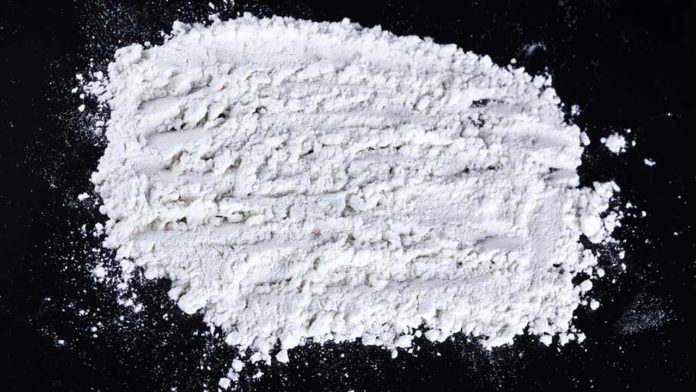A new study published in Journal of Neurosciences has discovered that the part of the brain responsible for sugar cravings can also be manipulated to increase cravings for cocaine. The research from the University of Michigan indicates that this small part of the brain has an important factor in drug addiction.
Although drug use is dangerous even in casual exposure, researchers have not understood what led to life destructive addiction in some user while others were able to quit anytime and live healthy lives. If the amygdala is confirmed to play a role in the motivation and reward actions of a person, directed treatment may help addicts and others with compulsive disorders, according to Shelly Warlow, the lead study author.
Researchers observed rat behavior as they were fed intravenous cocaine for certain actions. One set of rats had their amygdalas activated with a laser light at the same time they received the cocaine, while the others did not.
After an initial period, the rats could choose between two actions, poking their nose through one hole would release a reward normal cocaine, while the other hole resulted in the cocaine and amygdala simulation. The rats who received the activation always chose the action associated with it. Moreover, they consumed significantly more cocaine, worked up to three times more to earn the cocaine and consistently tried to receive more cocaine by chewing around the activation hole.
Other results of the experiment include a lack of response to amygdala activation alone and a complete loss of interest in cocaine when the amygdala was deactivated with medical drug treatment.
More News to Read

